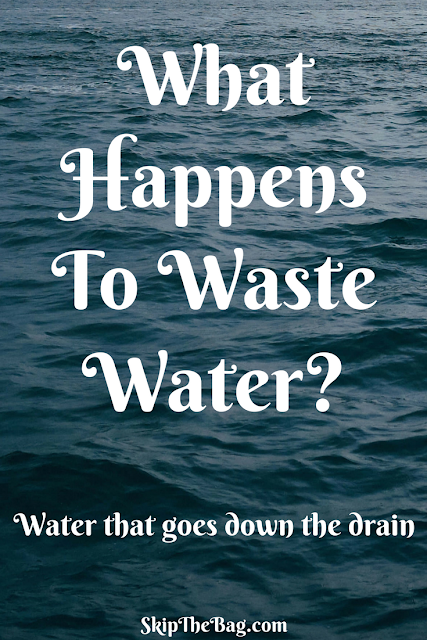I attended a Pensacola organic gardening club meeting where they were having a representative from the ECUA Emerald Coast Utilities Authority. They are the water, sanitation and recycling company for the Pensacola, Florida area. The speaker gave an overview of the waste water treatment process and spoke about their new composting product called Bloom.
This post is going to focus on the waste water process. The state of Florida requires that storm water and sewer water remain separate. I'm thankful for that law because who wants to have sewage that can back up into the roadway after a heavy rain or be released directly into the environment.
There are 3 waste water treatment facilities around Pensacola with one of them doing the bulk of the work. That facility has been designated as an advanced waste water treatment facility, meaning it will produce effluent of a very high quality, which will be disinfected to the level required for unrestricted exposure to the public.
The first step in the water treatment process is filtration. The sewage goes through a one-quarter inch screen through which large particles and trash are filtered out. The remaining sewage is then transferred into a grit removal system. It is a large cylinder that spins the effluent. The small grit particles are forced to the outside where they are collected and the remaining liquid is transferred on to the next step. Grit comes from stuff you wash down the drain, like sand or parts of pipes, or probably even small food or paper scraps.
Next the effluent goes into a settling pond where bacteria and bio solids flocculate and fall to the bottom. Leaving clear liquid on the top. The newest ECUA facility was built with longer time in this process to help remove more contaminants from the final waste water. The sludge is removed and the clear liquid is pumped off the top of the retention pond and goes into a disinfectant tank. ECUA uses chlorine at about twice the strength of household bleach to disinfect the water. The chlorine levels are tightly regulated and if the water is found to have too much chlorine by the end of the process the water than is recycled back through waste water system.
The treated, disinfected water is then used for a number of purposes they use it for the Gulf Power Power stack or also the paper mill that is here locally they also use the water for irrigation or putting it in wetlands.
The water undergoes testing the raw material undergoes testing at the beginning of the process there are a hundred and twenty-six chemicals which were tested very few what you're actually found in the water here in Pensacola, primarily because we don't have a lot of heavy industry.
The speaker brought up some interesting points about the fact that waste water treatment facilities are one of the few industries where they have very little control over the inputs to their facility. A water treatment facility a city the size of Pensacola has roughly 1 million inputs into their system. Every toilet, shower drain, and sink in every home, office, hospital, restaurant and business enters their facility. The raw sewage and waste water from these locations all contain chemicals and contaminants unique to their locations.
After hearing about the waste water treatment and how some of it goes into a watershed it makes me that much more motivated to use 'green' cleaning products. It's one thing to know that everything on the earth is interrelated, but it's in quite another once you see how are trash or waste can come back to us. The medications and cleaning products you use today, may end up in the effluent and in the watershed next week! Even our food choices can affect the water supply. The speaker asked if we had heard of Splenda and asked people to raise their hand if they use it. Interestingly only one person really raised their hand and another member of the group shouted, "Well, this IS the organic gardeners club!" We all laughed at that. But he made a comment that when we consume Splenda it goes through us unchanged (why it is calorie free) and enters the waste water treatment facility in levels it is detectable, and is still detectable in the effluent. He didn't think it was taken up by the bacteria used in the processing of the sludge, but he admitted he didn't really have a way to test for that.
The next day after hearing about this I was needing some dishwasher cleaning product so I purchased it from Seventh Generation because I've heard they are more environmentally friendly than some other alternatives. Hearing this talk also doubled and my desire to only clean with natural products such as soap and baking soda and vinegar and lemon. Although the next day Hubby still put Splenda in his coffee. ;)
Did you know how waste water was treated? Does it make you want to make different choices about what goes down your drain?
Pin for later:
Shared on Simply Natural, Sustainable Sunday, The Homesteader Hop, Homestead Hop, Waste Less Wednesday



It also assists the people on the steps to be taken to prevent the important documents and equipments during the flood so as to minimize the loss and damage.
ReplyDeleteFloodspro Inc. online